Reviewed by Meg Flores
Samsung's long-awaited entry into the mixed reality market is finally taking shape, with recent leaks revealing comprehensive specifications for what appears to be called the Galaxy XR headset. The device, previously known by its development codename Project Moohan, represents a significant collaboration between Samsung, Google, and Qualcomm to challenge Apple's dominance in the premium XR space.
The strategic timing feels deliberate. Samsung's Galaxy XR was unveiled at Samsung's Oct 21, 2025 event (US ET) and reported available in Korea on 2025-10-22. With pre-orders potentially opening as early as mid-October. This positioning puts Samsung right in the holiday window with a device that appears engineered specifically to address the limitations and pricing challenges that have constrained Vision Pro adoption. What we're seeing isn't just another headset launch—it's a comprehensive strategy to make premium spatial computing accessible to a broader market.
Display technology that surpasses Apple's Vision Pro
The Galaxy XR's most impressive feature may be its display system, which reportedly delivers 4K micro-OLED technology with an extraordinary 4,032 pixels per inch. This pixel density supposedly significantly exceeds the Apple Vision Pro's 3,386 PPI, potentially offering sharper text and more detailed visuals for demanding productivity workflows. The displays pack 29 million pixels total, creating what should be an incredibly immersive visual experience.
Early reports suggest Samsung chose Sony's 1.3-inch micro-OLED screens, cramming in an impressive 3,800 pixels per inch according to some sources, though the exact specifications vary across different leaks. This level of visual fidelity represents more than just competitive positioning—it addresses one of the fundamental barriers to XR productivity adoption.
For extended work sessions involving spreadsheets, code editing, or design work, that extra pixel density can mean the difference between eye strain and comfortable productivity. When you're trying to read fine text or work with detailed graphics for hours at a time, every pixel becomes crucial for maintaining both clarity and user comfort.
PRO TIP: The jump beyond 4,000 PPI puts Samsung's displays in the range where most users can no longer distinguish individual pixels, creating truly seamless text rendering that matches high-end monitor quality.
Performance powered by Qualcomm's latest XR chipset
Under the hood, leaked benchmarks reveal Samsung has equipped the Galaxy XR with Qualcomm's Snapdragon XR2+ Gen 2 processor, representing a substantial performance upgrade over previous XR devices. Benchmark results show the six-core ARM processor running at 2.36 GHz, delivering scores of 990 in single-core and 2,453 in multi-core Geekbench tests.
These numbers tell a deeper story about Samsung's approach to XR computing. The chipset delivers a 20% boost in CPU speed and a 15% jump in GPU power over the XR2 Gen 2 used in Meta's Quest 3, but more importantly, the Cortex-A78C cores are specifically tuned for the sustained mixed workloads that XR demands—simultaneously handling 3D rendering, AI processing, and traditional computing tasks without thermal throttling during extended sessions.
The leaks suggest the headset features 16GB of RAM, providing the memory headroom that's essential when Android XR needs to keep multiple apps alive while running background AI assistance and maintaining smooth passthrough video. This generous memory allocation suggests Samsung is planning for genuinely productive multitasking workflows rather than just immersive entertainment experiences.
Android XR brings Google's ecosystem to mixed reality
Samsung's headset will be the first device to run Google's Android XR operating system, featuring Samsung's One UI XR interface layer. This platform choice represents a fundamentally different philosophy from Apple's approach, offering immediate access to a mature ecosystem rather than requiring developers to build from scratch.
The platform offers access to many Android apps via Google Play, while XR-optimized versions and full compatibility will vary and arrive over time, giving users day-one utility while developers gradually create XR-optimized versions. This bridging strategy could solve the classic chicken-and-egg problem that has plagued previous XR platforms—users get immediate value while the native XR ecosystem develops organically.
The real differentiation comes from Google's Gemini AI integration, enabling advanced features like real-time scene understanding and contextual assistance. Samsung's partnership with Google's AI capabilities means features like Circle to Search work in the XR space, so you can circle an object in your view and pull up information about it—transforming the headset into a contextual computing platform rather than just an immersive display.
This AI integration leverages the robust hardware specs we've already discussed, with Gemini capable of seeing, hearing, and remembering interactions to perform tasks like real-time species identification or creating immersive Google Maps experiences. The result should be XR computing that feels genuinely intelligent rather than just spatially arranged.
Design focused on comfort and usability
Samsung appears to have studied the ergonomic lessons learned from current-generation headsets and applied them strategically. The Galaxy XR weighs approximately 545 grams, notably lighter than Apple's Vision Pro at 600 to 650 grams. That 100-gram difference might seem modest on paper, but it becomes significant during extended work sessions—the kind of productivity use cases that Samsung's specs seem designed to enable.
The device features six front-facing cameras for tracking and passthrough, along with internal sensors for comprehensive hand, eye, and voice tracking capabilities. This sensor suite provides the foundation for Android XR's natural input methods and AI contextual awareness, creating multiple pathways for user interaction beyond traditional controllers.
Battery life is projected at up to 2 hours for general use or 2.5 hours for video playback, with power delivered through an external battery pack connected via USB-C. While this matches Vision Pro's battery approach, the lighter headset design and swappable battery packs should make longer sessions more practical for professional workflows.
The materials reflect Samsung's practical engineering philosophy. The device combines metal, glass, plastic, and fabrics in a configuration that prioritizes comfort and weight distribution over premium materials that might add unnecessary mass. This suggests a focus on daily usability rather than just impressive first impressions.
Competitive pricing strategy targets mainstream adoption
Perhaps most significantly for market dynamics, pricing rumors suggest the Galaxy XR will cost between $1,800 and $2,900, positioning it well below Apple's $3,499 Vision Pro entry point. Some reports indicate Samsung may target an even more aggressive price point around $2,000, potentially making premium XR technology accessible to a significantly broader professional market.
This pricing strategy signals a fundamentally different market approach than Apple's typical premium-first rollout. Where Vision Pro launched as an early-adopter showcase with plans to expand market reach over time, Samsung appears to be targeting broader adoption from day one—betting that accessible pricing combined with a mature software ecosystem can accelerate mainstream XR acceptance.
Samsung reportedly plans to manufacture 30,000 units initially, a measured production run that focuses on market validation rather than massive volume. This conservative approach allows Samsung to refine manufacturing and software while building momentum, rather than betting everything on immediate mass adoption.
The lower pricing doesn't appear to reflect compromised specifications—the displays actually exceed Vision Pro's resolution, and the processing platform targets demanding professional workloads effectively. Samsung seems to be leveraging supply chain advantages, the existing Android ecosystem, and strategic platform partnerships to deliver competitive value rather than cutting corners on core technology.
What this means for the XR landscape in 2025
Samsung's Galaxy XR represents more than just another headset launch—it signals the arrival of a truly competitive Android-based alternative to Apple's vision of spatial computing. The combination of superior display technology, robust performance hardware, and Google's AI-powered software platform creates a compelling package that addresses several major XR adoption barriers simultaneously.
The integration with Samsung's broader ecosystem, including the ability to capture 3D content with Galaxy smartphones, suggests a more comprehensive approach to mixed reality adoption. This isn't just a headset—it's an extension of the Android ecosystem into spatial computing, with existing apps, data, and workflows flowing naturally between devices.
Android XR's strategy differs substantially from Apple's tightly integrated model. By enabling immediate access to millions of existing Android apps while developers create XR-native experiences, Samsung and Google provide a day-one utility that could lower the adoption barrier that has constrained several previous XR launches. This approach gives users practical value immediately while the XR-specific ecosystem develops organically.
The AI integration through Gemini positions the Galaxy XR as a contextual productivity platform rather than just an immersive display device. If Samsung executes successfully on the software polish and hardware reliability that these leaked specifications suggest, we could see XR finally transition from an impressive demonstration to a practical daily computing tool.
As we await the official October launch, Samsung appears positioned to deliver not just a Vision Pro competitor, but a more accessible and potentially more capable alternative that could accelerate mainstream XR adoption. The real test will be execution—whether Android XR can deliver on its promise of practical spatial computing and whether Samsung can manufacture and market effectively at their target price points. But the leaked specifications and strategic positioning suggest 2025 could be the year XR computing finally reaches beyond early adopters to practical professional use cases.




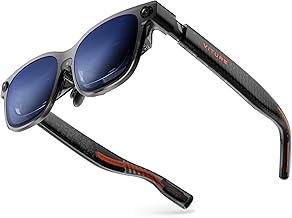


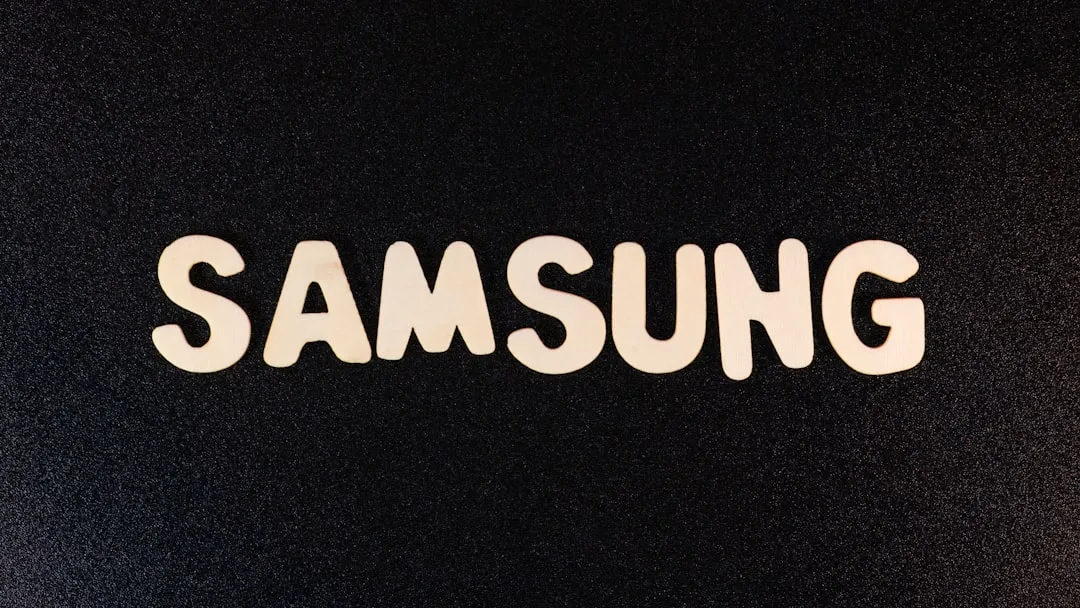






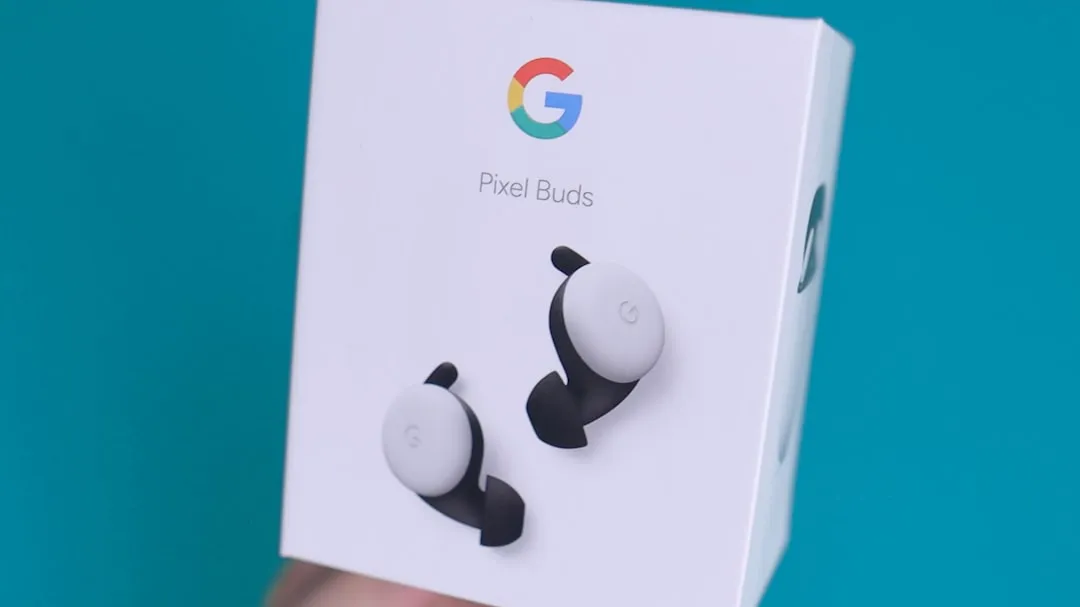

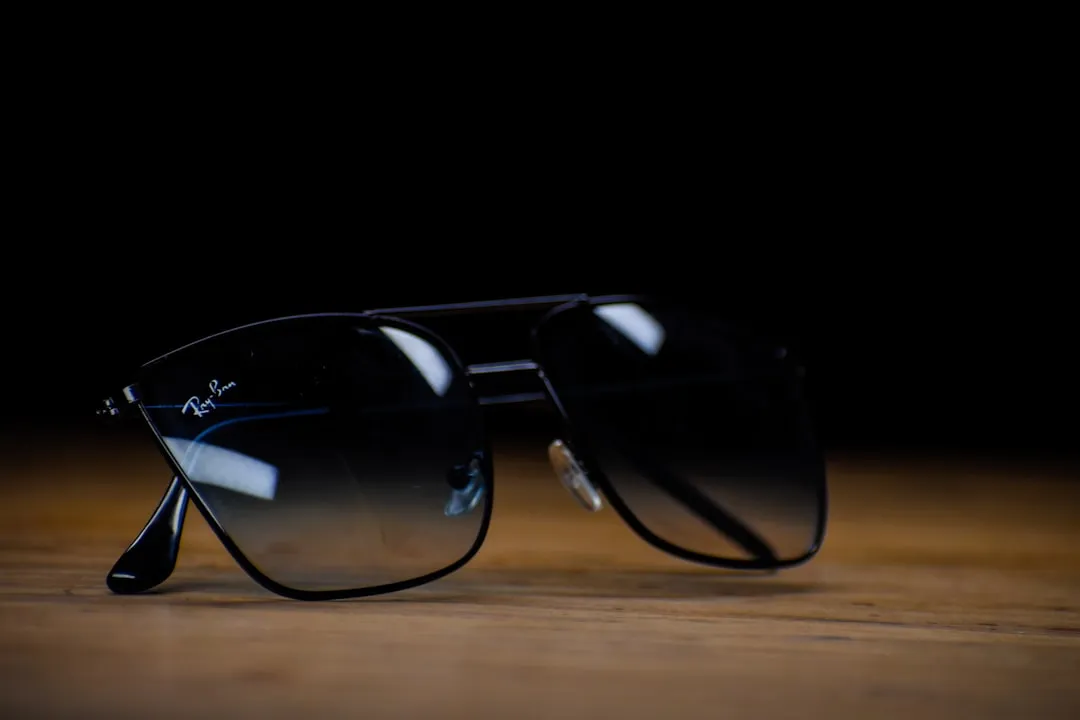
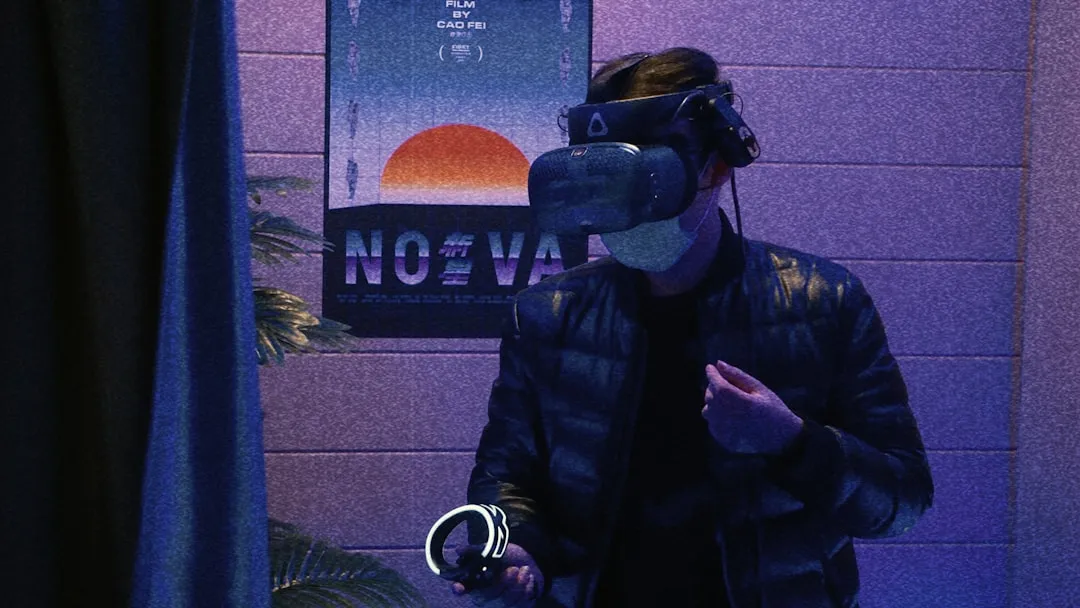
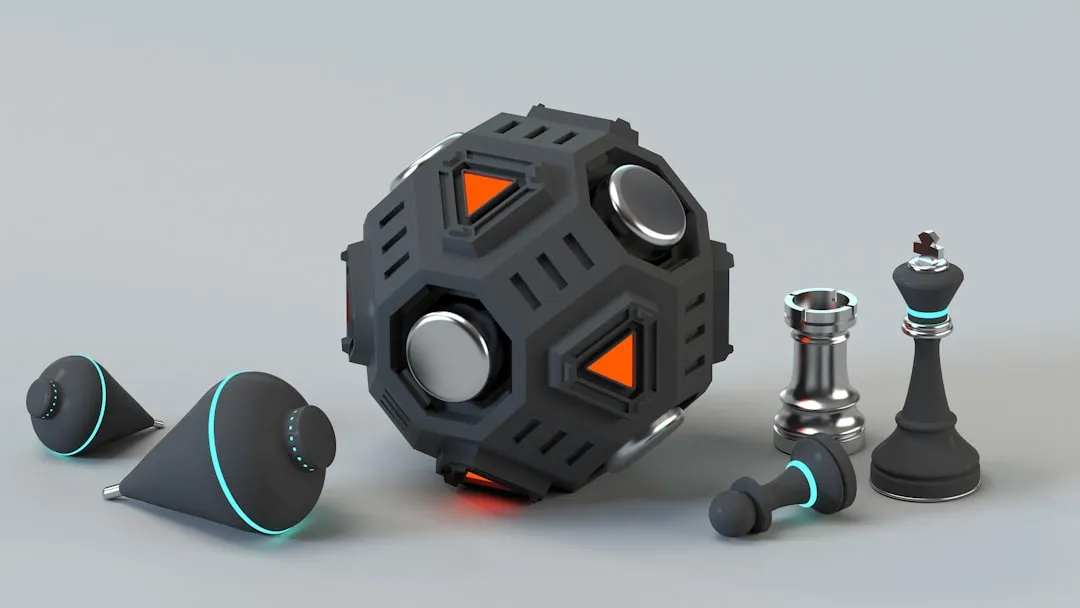
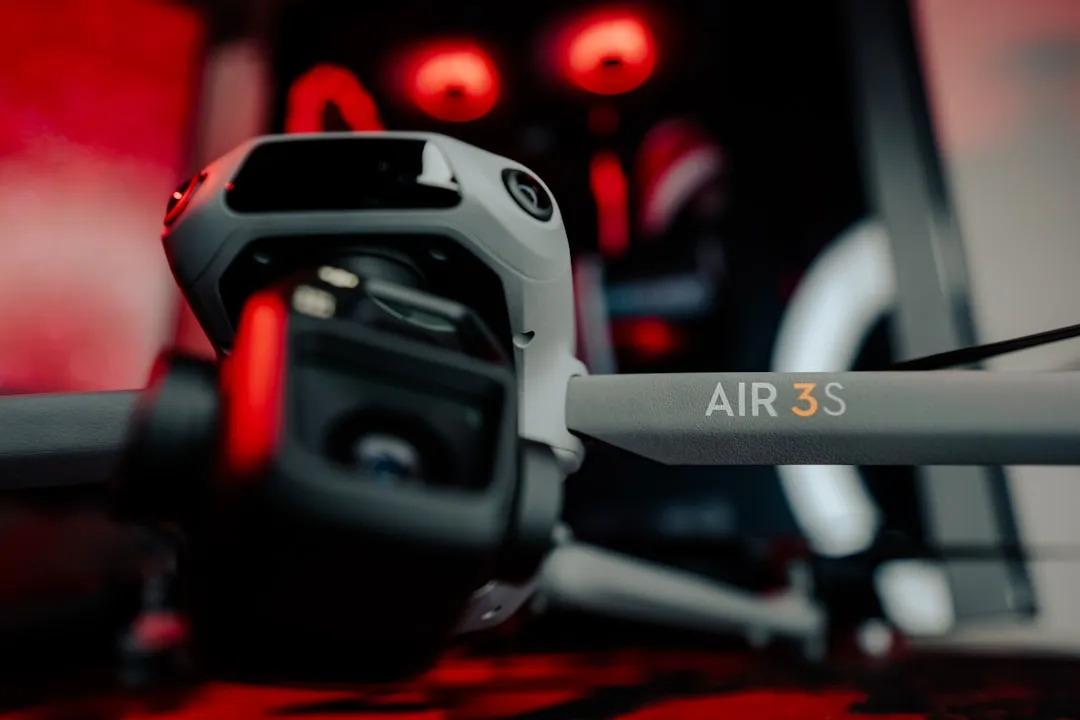

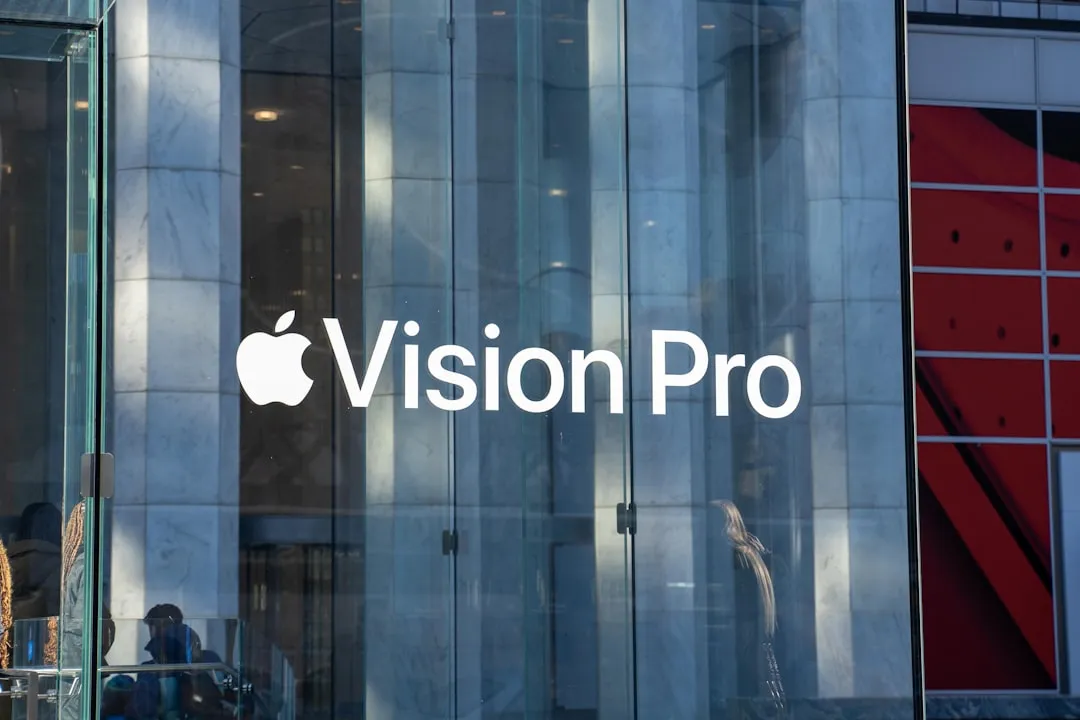
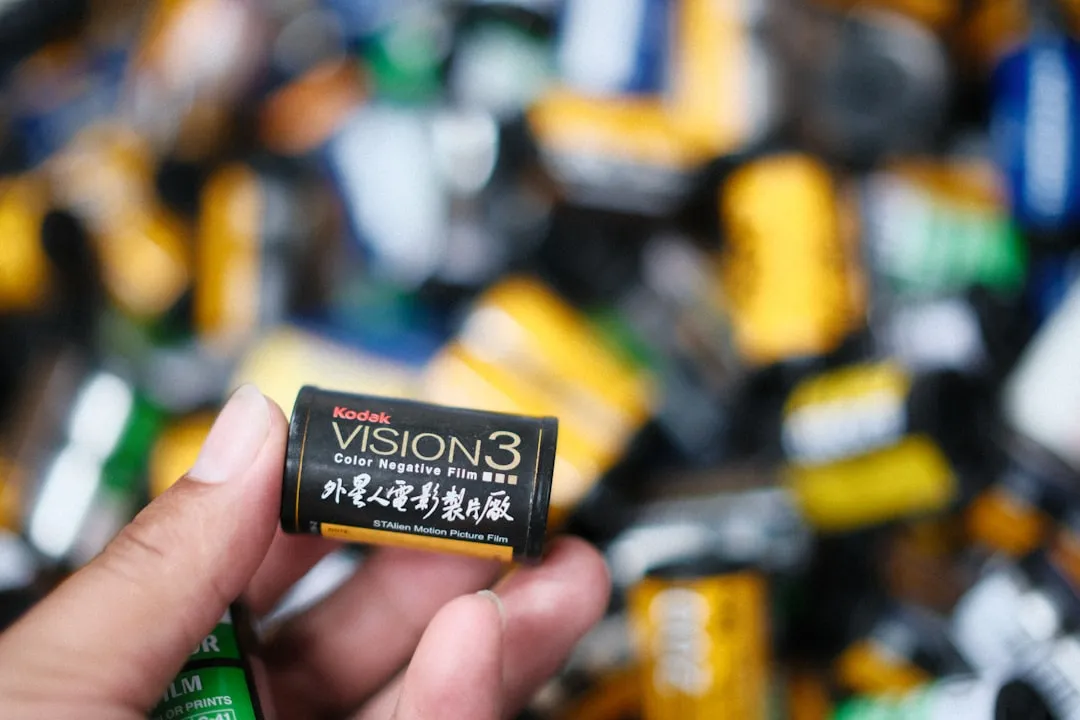
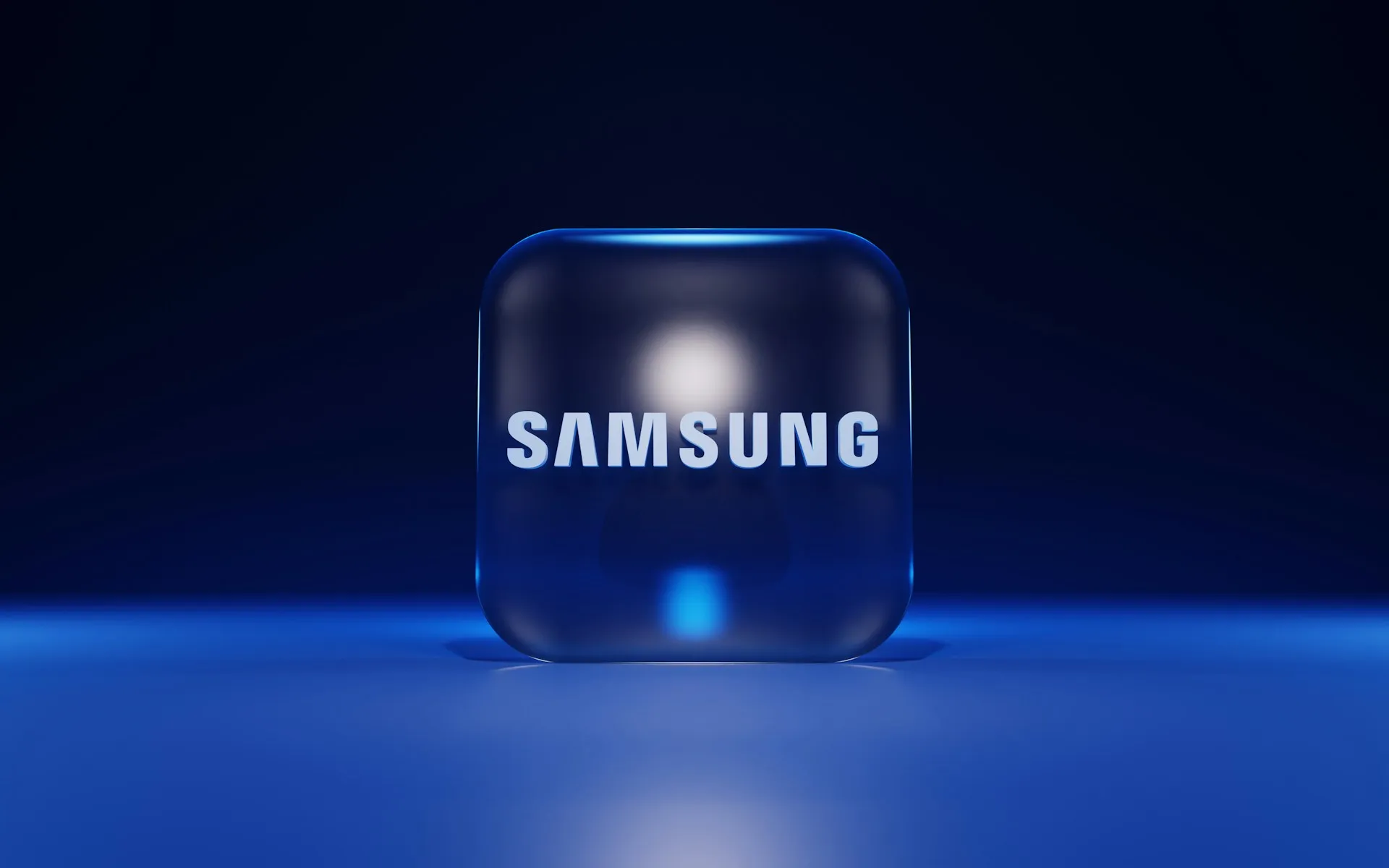

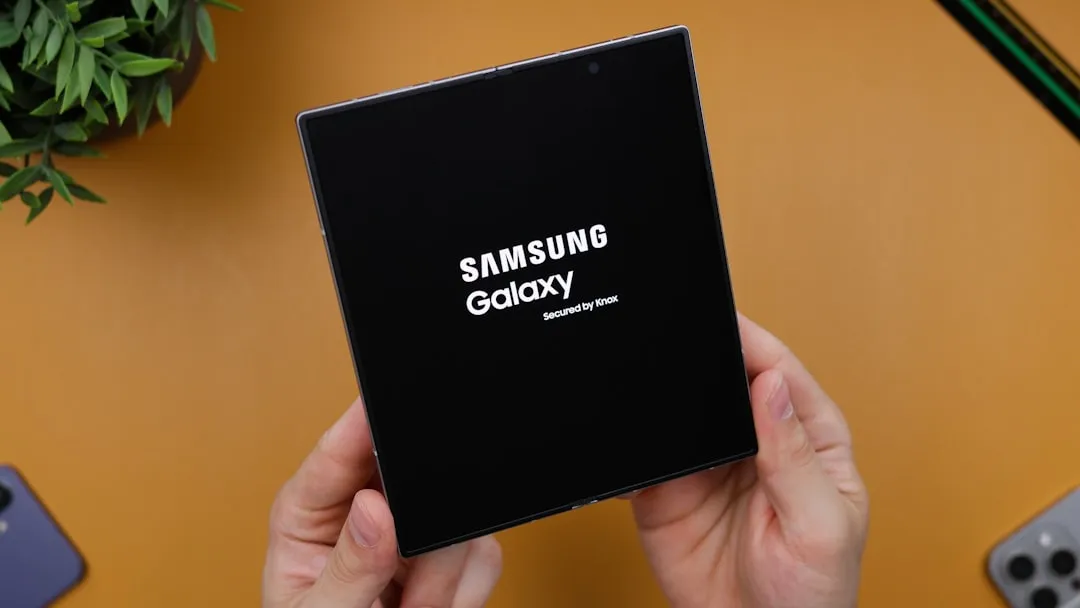

Comments
Be the first, drop a comment!